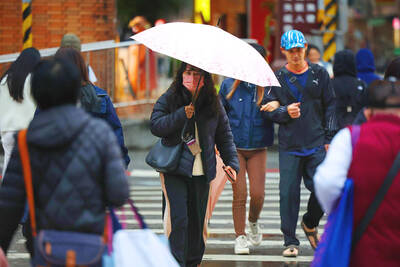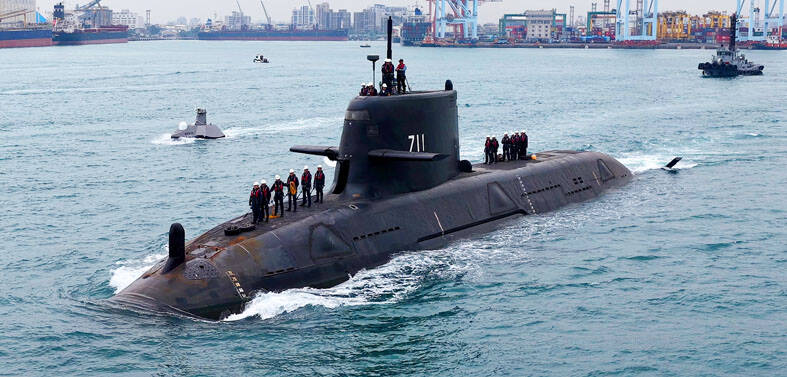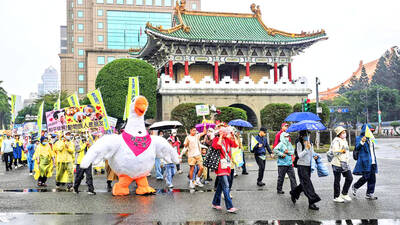Aboriginal rights campaigners at a Legislative Yuan forum yesterday called for the passage of an Aboriginal schools act, criticizing flaws in the Education Act for Indigenous Peoples (原住民族教育法), saying there is a lack of funding and resources for Aboriginal education.
“In the 20 years since the passage of the Education Act for Indigenous Peoples we have discovered that there are a number of places where it is difficult to implement,” New Power Party Legislator Kawlo Iyun Pacidal said.
“While we had hoped to establish village schools for each of the different tribes and the Council of Indigenous Peoples has done its best, legal restrictions pose all sorts of obstacles, to the point where we have been forced to move in the direction of adding an extra summer semester,” Pacidal said, calling for legal revisions to round out Aboriginal education.
Aboriginal education at regular schools suffers from across-the-board shortages of qualified teachers and suitable curricula, said Salone Ishahavut, a professor of indigenous development at National Chi Nan University and a member of the Bunun people.
“We need at least about 20 different sets of curricula [for different communities], but we do not have any; instead, we are being forced to rely on the efforts of individual schools and teachers to come up with materials in their spare time,” she said, adding that the percentage of Aboriginal teachers at all levels of education is less than half the percentage of Aboriginal students.
Only 52 percent of Aboriginal students attend college, while only 17 percent of those in college are part of Aboriginal education programs, which themselves lack dedicated teachers, staff and offices, she said.
“College education is training indigenous young people to become cogs in wider society and not teaching the skills needed for indigenous self-government,” she said, adding that more than 50 percent of Aboriginal college students major in vocational branches such as tourism and culinary arts.
Any legal revision should clearly mandate the scope and funding for Aboriginal education at regular schools to remedy the dependence on goodwill and funding from local governments, said Saidai Latavelengane, a Pingtung elementary-school principal and member of the Rukai community.

NUMBERS IMBALANCE: More than 4 million Taiwanese have visited China this year, while only about half a million Chinese have visited here Beijing has yet to respond to Taiwan’s requests for negotiation over matters related to the recovery of cross-strait tourism, the Tourism Administration said yesterday. Taiwan’s tourism authority issued the statement after Chinese-language daily the China Times reported yesterday that the government’s policy of banning group tours to China does not stop Taiwanese from visiting the country. As of October, more than 4.2 million had traveled to China this year, exceeding last year. Beijing estimated the number of Taiwanese tourists in China could reach 4.5 million this year. By contrast, only 500,000 Chinese tourists are expected in Taiwan, the report said. The report

Temperatures are forecast to drop steadily as a continental cold air mass moves across Taiwan, with some areas also likely to see heavy rainfall, the Central Weather Administration (CWA) said. From today through early tomorrow, a cold air mass would keep temperatures low across central and northern Taiwan, and the eastern half of Taiwan proper, with isolated brief showers forecast along Keelung’s north coast, Taipei and New Taipei City’s mountainous areas and eastern Taiwan, it said. Lows of 11°C to 15°C are forecast in central and northern Taiwan, Yilan County, and the outlying Kinmen and Lienchiang (Matsu) counties, and 14°C to 17°C

STEERING FAILURE: The first boat of its class is experiencing teething issues as it readies for acceptance by the navy, according to a recent story about rudder failure The Hai Kun (海鯤), the nation’s first locally built submarine, allegedly suffered a total failure of stern hydraulic systems during the second round of sea acceptance trials on June 26, and sailors were forced to manually operate the X-rudder to turn the submarine and return to port, news Web site Mirror Daily reported yesterday. The report said that tugboats following the Hai Kun assisted the submarine in avoiding collisions with other ships due to the X-rudder malfunctioning. At the time of the report, the submarine had completed its trials and was scheduled to begin diving and surfacing tests in shallow areas. The X-rudder,

DEMAND: The government should enact regulations in line with Austria and Germany to incorporate vegan nutrition into school meals, an advocate said More than 1,000 people yesterday marched in Taipei to promote veganism, calling for legislation to incorporate vegan diets into school lunches and the national net zero emissions program. Participants gathered on Ketagalan Boulevard in front of the Presidential Office Building for the march, which was organized by the Vegan Action Network (VAN). Former ambassador to Chad Chiu Chung-jen (邱仲仁), actor Yankee Yang (楊子儀) and actress Cindy Lien (連俞涵) attended the event. VAN member Marianne Chao (趙梅君) said that the campaign aimed to urge the government to promote vegan diets across schools and government agencies via legislation and national policies, which would help build